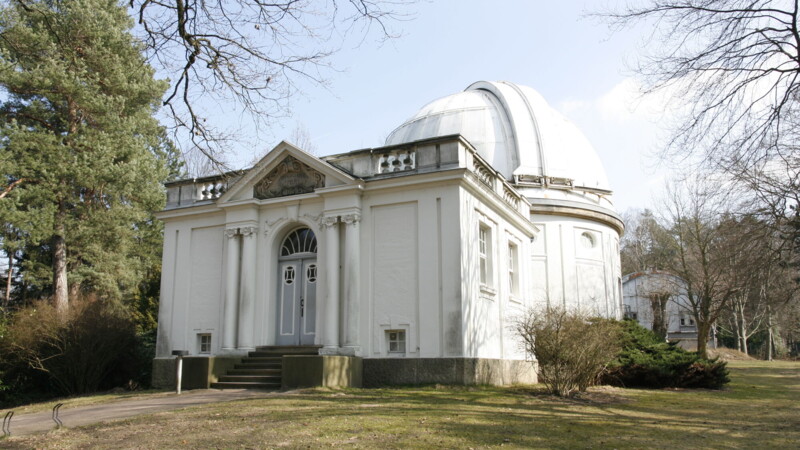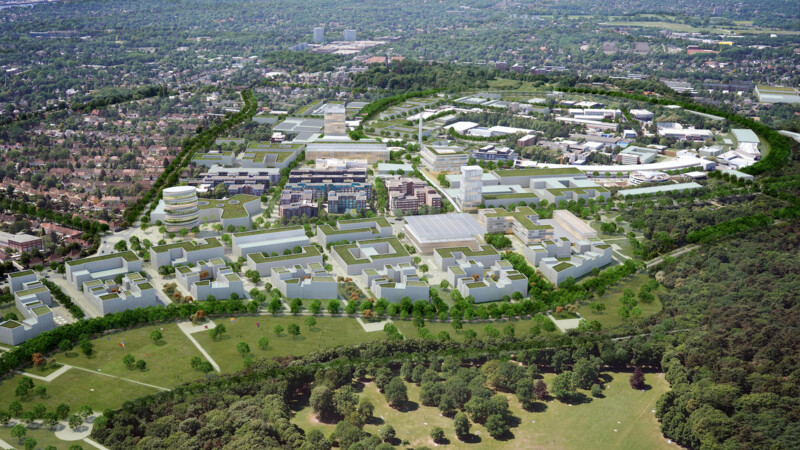Dr. Virginia Cuciti, Department of Physics at Hamburg Observatory, and lead author, said: “We have discovered giant cosmic particle accelerators. There is a high probability that the four Megahalos discovered are just the tip of the iceberg of a widespread cosmological phenomenon." Her co-author, Prof. Dr. Marcus Brüggen, pointed out: "This also means that further observations could reveal Megahalos in many more galaxy clusters.” Megahalos suggest that most parts of the universe are filled with ultrafast electrons and magnetic fields. Thus, there must be a mechanism to accelerate these electrons very efficiently.
A team of international researchearchers, led by the Observatory of Hamburg University, has discovered four gigantic radio sources or so-called Megahalos of up to ten million light years in size with the Low Frequency Array (LOFAR) radio telescope, a press release said Wednesday (September 28, 2022). After the Big Bang, the collision of galaxy clusters is one of the most powerful astronomical events ever. During such collisions, tiny charged particles are accelerated almost to the speed of light. These particles emit radio waves that can be measured with special telescopes. The discovery can now provide information on how to accelerate electrons efficiently. More details can be found in a report by the Nature periodical.
Cosmic particle acceleration to speed of light
LOFAR
LOFAR is a pan European network of radio antennas, the core of which is in the Netherlands. The telescope is designed to detect low-frequency radio waves in the 10-240 MHz range. It is operated by the Netherlands Institute for Radio Astronomy. France, Germany, Ireland, Italy, Latvia, Poland, Sweden, Bulgaria and Britain are partner countries.
nj/sb/pb
Sources and further information
More
Similar articles

EUR 2.5 million in EU funds for University of Hamburg's astrophysicist

University of Hamburg publishes map of 4.4 million galaxies

